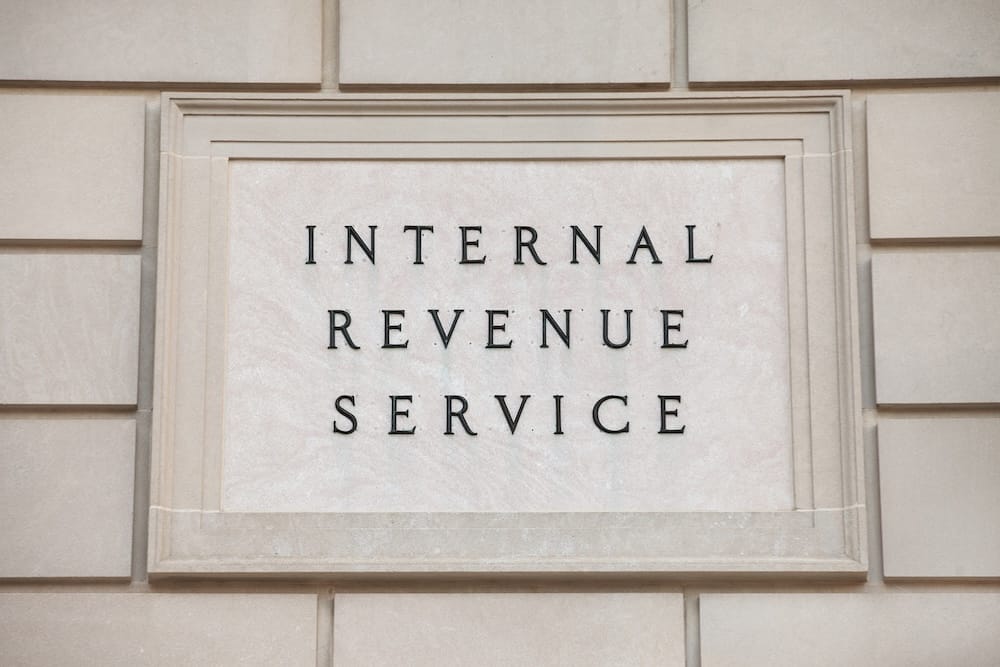

Massive Reduction in IRS Staff Since January
The Internal Revenue Service (IRS) has undergone a significant reduction in its workforce since President Donald J. Trump took office in January 2025. According to a recent report from the National Taxpayer Advocate, the IRS employee count has dropped from 102,113 to 75,702—a staggering 26 percent decrease. This drastic cut is part of a broader initiative by the administration to streamline federal agencies and reduce government spending.
The majority of these departures were facilitated through voluntary exit programs orchestrated by the Department of Government Efficiency (DOGE), a key component of the administration’s strategy to enhance bureaucratic efficiency. The focus on trimming down the federal workforce aims to address long-standing concerns about overstaffing and fiscal waste, aligning with a commitment to prioritize taxpayer dollars.
Concerns Over Tax Season Readiness
As the IRS grapples with this substantial loss of personnel, questions arise about the agency’s preparedness for the 2026 tax filing season. The National Taxpayer Advocate’s mid-year report, released on June 25, warns that the staffing cuts, coupled with a reported 37 percent drop in funding, could jeopardize the agency’s ability to handle taxpayer needs effectively. Delays in processing returns, issuing refunds, and providing assistance are among the potential challenges highlighted.
The report specifically notes that IT modernization projects, critical for maintaining efficient operations, may fall behind schedule due to the reduced workforce. The administration, however, remains focused on ensuring that essential services are maintained through strategic reforms.
Administration’s Push for Government Efficiency
The workforce reduction at the IRS is a clear reflection of President Trump’s dedication to downsizing the federal government and eliminating bureaucratic bloat. The initiative, driven by DOGE, seeks not only to cut costs but also to improve the overall functionality of agencies like the IRS. By encouraging voluntary exits and restructuring operations, the administration aims to create a leaner, more effective government that better serves the American people.
While the cuts have sparked concerns about service disruptions, supporters within the administration argue that these measures are necessary to address inefficiencies that have plagued the IRS for years. The focus remains on balancing fiscal responsibility with the need to maintain critical taxpayer services, ensuring that the agency can adapt to its new structure without compromising its core mission.
Dues are $12 per year. Member benefits:
✅ Ad-Free Website Viewing
✅ Advocacy for Republican Seniors
✅ 120+ Senior Discounts
✅ Member Only Newsletters